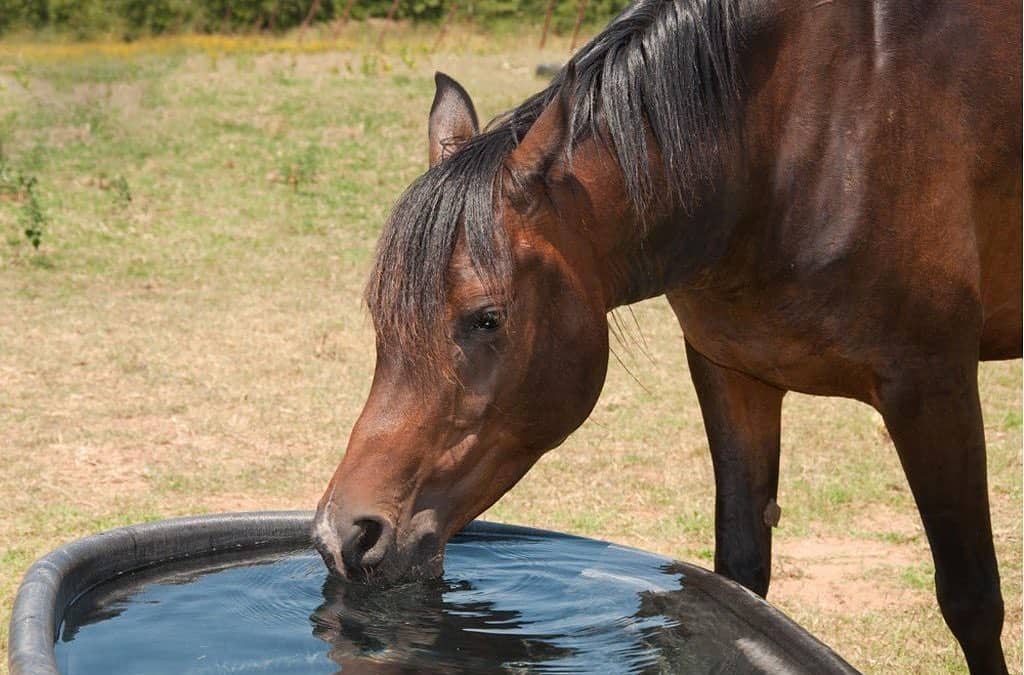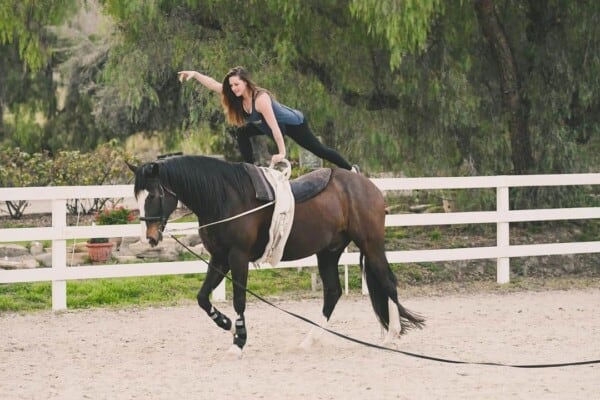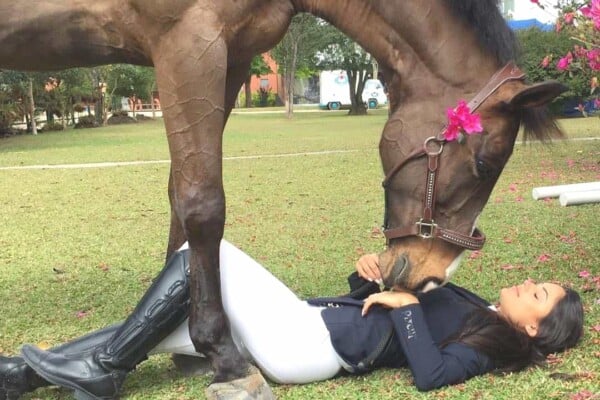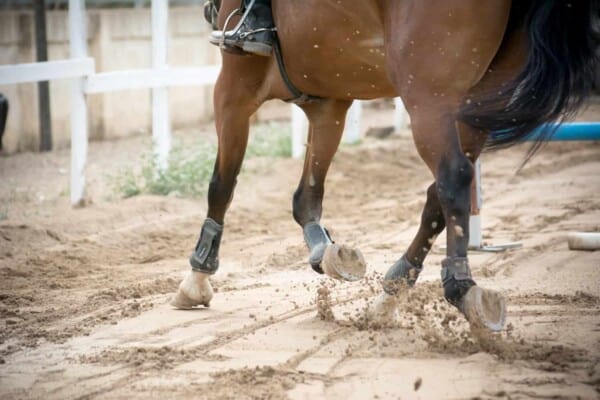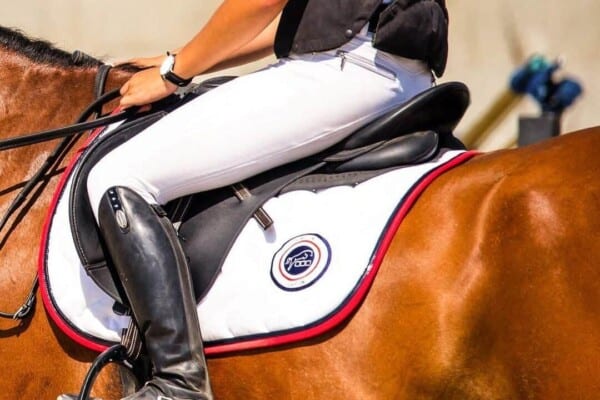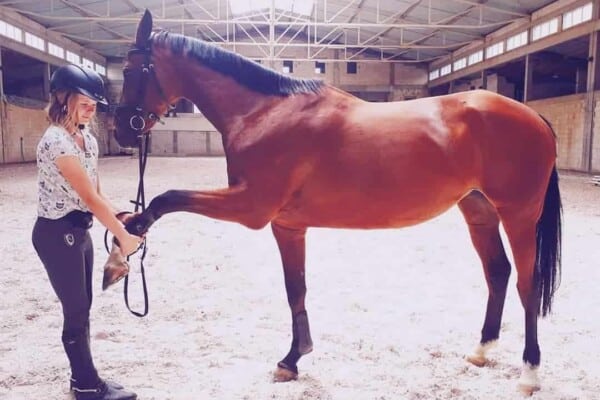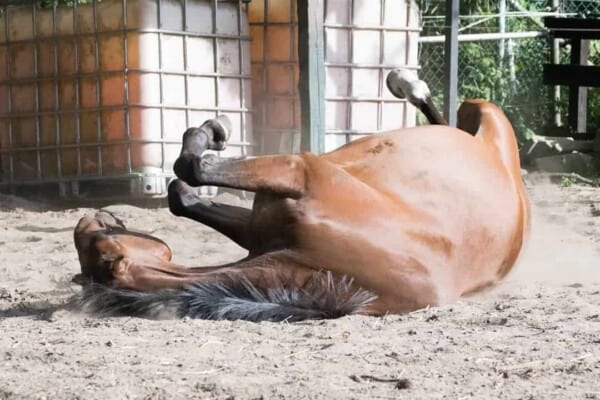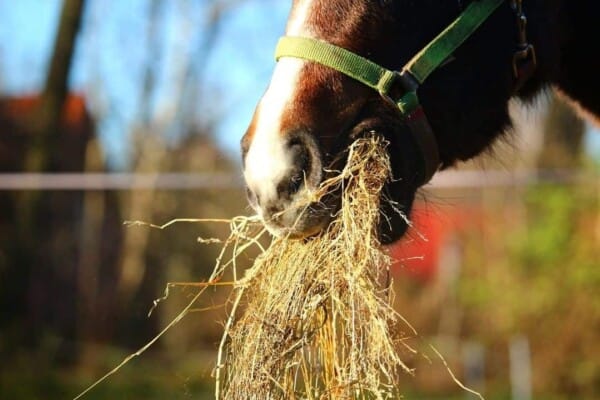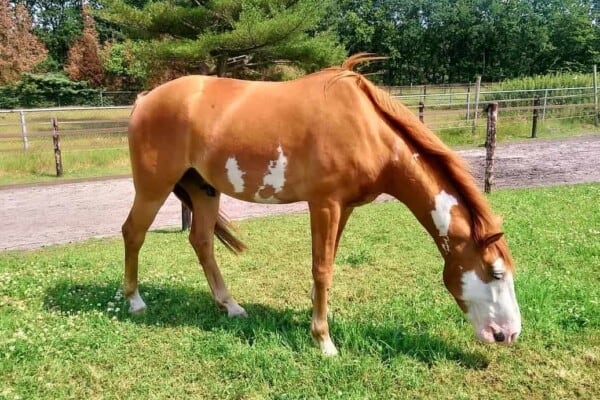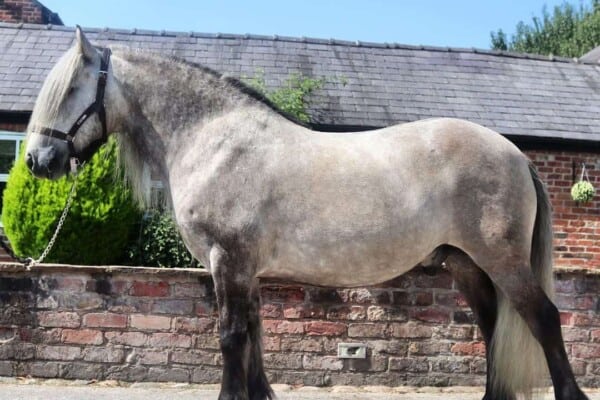Water is essential for your horse’s health. It has a role to play in every part of the horse’s body. Learning to manage your horse’s water quality and intake is one of the most important skills to learn.
Why is water so important?
Water keeps the body functioning correctly. Proper hydration aids digestion, helps the kidneys filter toxins, keeps the heart pumping, and even assists with joint lubrication. If a horse becomes dehydrated, it can trigger health issues. After 48 hours of no water, organs can begin to fail, particularly the kidneys, impactions, and colic can present, and the horse becomes lethargic. After just four days, organ damage can become so severe that nothing can be done to save the horse.
Set a baseline
The first step in managing your horse’s water intake is to learn what is normal for your horse. Each horse is an individual. Just because one horse drinks less than another, it doesn’t mean there is a risk. Also, keep in mind if your horse’s intake of hay or grain increases, his water intake will also increase. Water intake will also fluctuate around how much work the horse is currently doing.
The average horse needs to drink between 4 and 9 gallons of water per day. The larger the horse, the higher its water requirements. The water needs of a mare nursing a foal will increase to as much as 20 gallons a day. An increase in sweat due to exercise in hot weather also increases the amount of water drunk. Water should never be withheld and always available if the horse wishes to drink. Once you know what the normal water consumption is for your horse, you can easily note if there is a change.
The easiest way to monitor your horse’s water intake is to use water buckets in their stable. Automatic waterers have become increasingly common. However, they make knowing your horse’s water intake extremely hard. It is a good idea to look into adding a meter to each individual drinker so you can keep track.
Signs of dehydration
Like knowing the baseline for how much water your horse drinks, you also need to know his normal vital signs. Knowing this will help you monitor for signs of dehydration.
- Pinch test – This is one of the best and easiest tests for equine dehydration. Simply pinch some skin on the horse’s neck, then let go. A hydrated horse’s skin will immediately flatten. If the ridge created by the pinch stays for more than 2 seconds, the horse is starting to become dehydrated. If the skin stays ridged for 10 seconds or more, it is an indication of severe dehydration. At that point, the horse requires a vet to administer IV fluids urgently.
- Gum color – A healthy horse should have pink, moist gums. In addition to just looking at the gum color, press one finger on the gum. When you release the finger, the color should come back to that spot within 2 seconds. This is known as a capillary refill.
- Heart rate – If the heart rate is elevated it can be a sign of dehydration. A normal heart for a horse is 28 to 40 beats per minute.
- Sunken – Sunken eyes and or tucked up flanks indicate possible dehydration.
Encourage a horse to drink
At certain times, you may notice that your horse’s water intake decreases. Cold weather is one of the main reasons a horse will reduce its drinking. This can lead to an impaction, which can cause colic. The most appealing water temperature to horses is 45 to 60 degrees Fahrenheit or lukewarm. Cold air and colder water in the winter can put the horse off drinking.
Another cause of decreased water intake is travel or a change in the water source. Unfamiliar surroundings can distract a horse from drinking. A new water source, such as away at a horse show, can taste different. Many horses will refuse to drink from different tasting water. To combat this one trick is to flavor the horse’s water. This is usually started at home by adding something such as, apple juice or apple cider vinegar to the water. This helps create a consistent taste for the horse, so when you need to provide a new water source, the horse is more likely to take a drink.
To consistently encourage drinking, ensure your horse always has access to fresh, clean water. Carry out regular cleaning of any troughs and buckets that your horse drinks from. To do this, use a stiff-bristled brush to scrub the entire interior of the container and rinse it out with clean water. A dirty bucket will feel slimy.
Salt also helps encourage a horse to drink. A horse should be provided with free access to a salt block. Alternatively, you can add plain, iodine-free salt to your horse’s feed. Instead of salt, you can use commercial electrolytes.
Let the horse drink
Outdated advice says to only offer a horse small amounts of water directly after heavy exercise. However, studies have found that this is not necessary. The horse should be allowed to drink as much water as it wants and won’t over drink. The water should be at a mild temperature and not too cold.
Horse Water quality
Besides fresh, clean water, consider your source of water. Generally, if your water supply comes from public sources, i.e. the same water that comes out of your kitchen sink, it is nearly always safe. However, there is still a small chance of contamination.
Well water is often very fresh and palatable, but it does require regular testing to ensure it is safe. Other natural water sources, such as streams and ponds, need more careful monitoring as they can easily be contaminated by chemicals that get washed in when it rains. Be particularly cautious of blue-green algae. This algae blooms in ponds when the weather is hot and dry and can cause poisoning. This poisoning can cause liver damage, breathing difficulty, seizures, and can even be fatal.
Managing your horse’s water is straightforward and easy when you follow simple guidelines. Make sure your horse has access to water at all times, including during travel. If your horse appears to have drinking issues despite your best efforts, contact your vet to try and uncover the cause.

